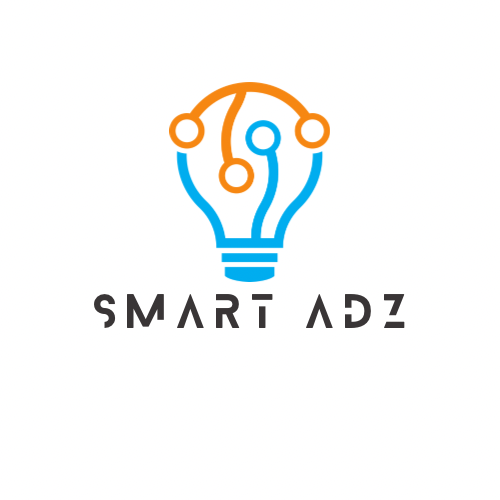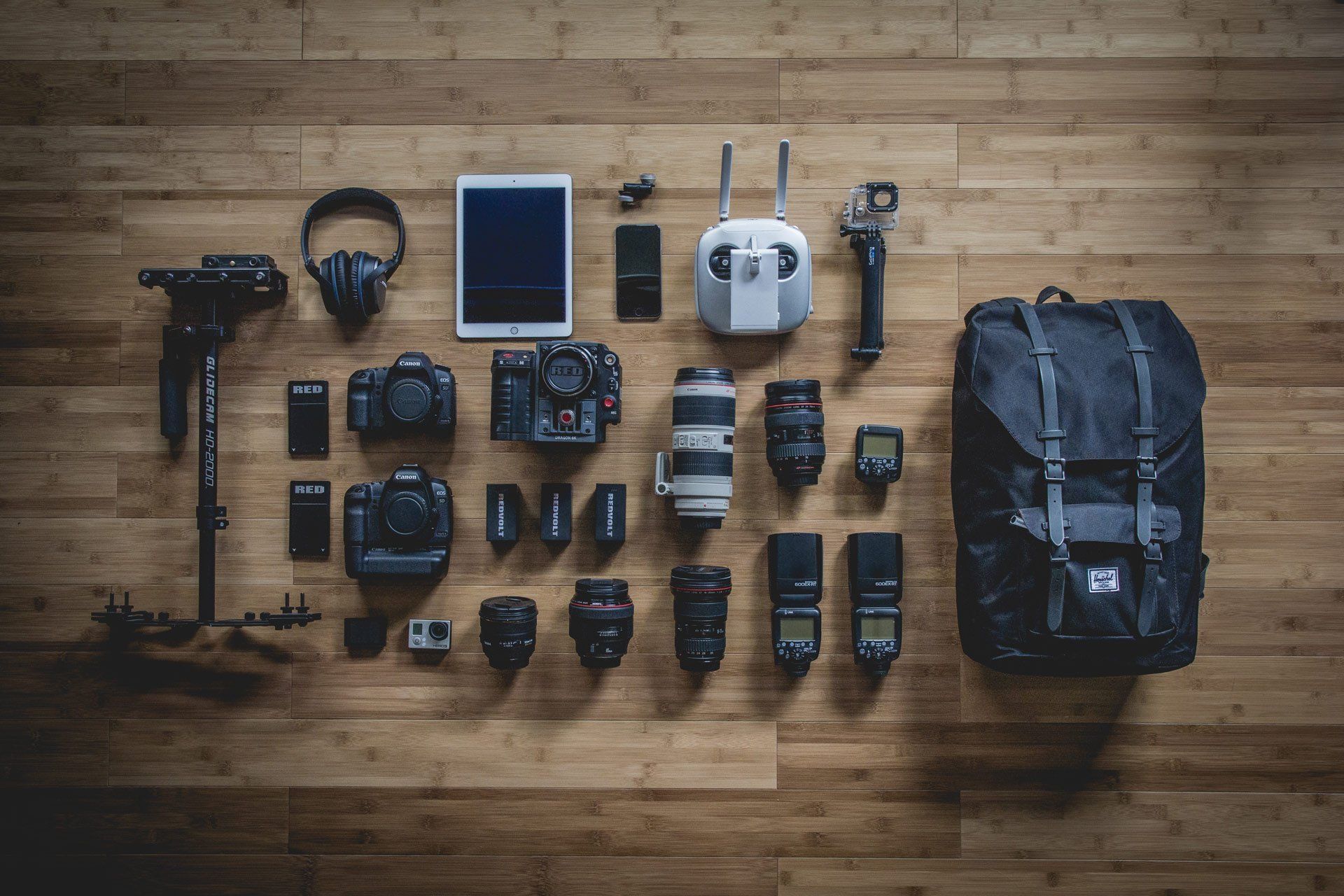
What is Programmatic Advertising?
Answering questions, and what you should know about the future of advertising.

In the ever-evolving landscape of digital marketing, programmatic advertising has emerged as a revolutionary approach to buying and selling ad space. For business owners aiming to maximize their advertising efforts, understanding what programmatic advertising is and how it differs from other forms of digital marketing is crucial. This article delves into the essence of programmatic advertising, its benefits, and its distinctions from Google paid ads and other digital marketing platforms. Additionally, we'll explore how programmatic advertising leverages Mobile Advertising IDs (MAIDs) to enhance targeting while protecting consumer anonymity.
What is Programmatic Advertising?
Programmatic advertising refers to the automated process of buying and selling ad space in real-time using artificial intelligence (AI) and real-time bidding (RTB). This method leverages algorithms and data to serve ads to the right audience at the right time and in the right context, ensuring optimal performance and efficiency. Unlike traditional ad buying, which involves manual negotiations and predefined contracts, programmatic advertising automates these tasks, allowing for a more streamlined and data-driven approach.
Key Components of Programmatic Advertising:
- Demand-Side Platforms (DSPs): These platforms enable advertisers to buy ad impressions across various websites in real-time.
- Supply-Side Platforms (SSPs): These platforms help publishers manage and sell their ad inventory.
- Ad Exchanges: These are digital marketplaces where publishers and advertisers can buy and sell ad inventory.
- Data Management Platforms (DMPs): These platforms collect and analyze data to help target the right audience.
Why is Programmatic Advertising Relevant for Business Owners and Advertisers?
- Efficiency and Automation:
- Programmatic advertising automates the ad buying process, reducing the need for manual negotiations and allowing for real-time adjustments. This efficiency saves time and resources, enabling business owners to focus on strategic decision-making rather than operational tasks.
- Precision Targeting:
- Utilizing vast amounts of data, programmatic advertising allows for highly targeted campaigns. Business owners can reach specific audiences based on demographics, interests, online behavior, and more. This precision targeting ensures that ads are shown to the most relevant audiences, increasing the likelihood of engagement and conversions.
- Real-Time Analytics:
- One of the significant advantages of programmatic advertising is the ability to track and analyze campaign performance in real-time. Business owners can access detailed reports on how their ads are performing, allowing for quick optimizations to improve results.
- Cost-Effectiveness:
- By using real-time bidding, programmatic advertising ensures that business owners only pay for the impressions that matter. This approach can lead to better budget utilization and higher return on investment (ROI).
- Scalability:
- Programmatic advertising provides the scalability needed to reach large audiences across multiple platforms and devices. Business owners can easily expand their campaigns to new markets and demographics without the constraints of traditional advertising methods.
- Access to Mobile Advertising IDs (MAIDs):
- Programmatic advertising can access Mobile Advertising IDs (MAIDs) on devices like smartphones and tablets. MAIDs are unique identifiers assigned to mobile devices, allowing advertisers to target users based on their mobile behavior. This capability enhances targeting accuracy and helps deliver personalized ads to users on their mobile devices.
Programmatic Advertising vs. Google Paid Ads and Other Digital Marketing Platforms
While programmatic advertising offers numerous benefits, it's essential to understand how it compares to other digital marketing platforms, such as Google paid ads.
- Google Paid Ads (Google Ads): Google Ads is a powerful tool for reaching audiences through search engine results, display ads, YouTube, and more. It operates on a pay-per-click (PPC) model, where advertisers bid on keywords and pay for each click on their ads.
- Targeting: Google Ads allows for targeting based on keywords, location, device, and more. However, programmatic advertising takes targeting a step further by utilizing extensive data from multiple sources, including MAIDs, to refine audience segments.
- Automation: While Google Ads offers automated bidding strategies, programmatic advertising provides a higher level of automation across multiple ad exchanges and networks.
- Reach: Programmatic advertising typically offers broader reach across various websites and platforms, whereas Google Ads focuses more on Google's own ecosystem.
- Other Digital Marketing Platforms: Platforms like Facebook Ads, LinkedIn Ads, and Twitter Ads offer robust targeting options and are highly effective for reaching specific audiences. Each platform has its unique strengths:
- Facebook Ads: Known for its detailed demographic and interest-based targeting, Facebook Ads is excellent for reaching highly specific audience segments.
- LinkedIn Ads: Ideal for B2B marketing, LinkedIn Ads allows for targeting based on professional attributes such as job title, industry, and company size.
- Twitter Ads: Effective for real-time engagement and reaching audiences based on their interests and interactions on the platform.
- While these platforms offer powerful advertising solutions, programmatic advertising distinguishes itself through its ability to integrate data from multiple sources, including MAIDs, automate the buying process across numerous platforms, and provide real-time optimization.
The Role of Mobile Advertising IDs (MAIDs)
Mobile Advertising IDs (MAIDs) play a crucial role in the effectiveness of programmatic advertising. MAIDs are unique, anonymous identifiers assigned to mobile devices by their operating systems (such as Apple’s Identifier for Advertisers (IDFA) or Google’s Advertising ID). These IDs help advertisers track user behavior on mobile devices and deliver targeted ads based on this data.
Benefits of Using MAIDs in Programmatic Advertising:
- Enhanced Targeting: MAIDs allow advertisers to create detailed user profiles based on mobile app usage, browsing habits, and other mobile activities. This enables more precise ad targeting and personalization.
- Cross-Device Tracking: MAIDs facilitate tracking user behavior across multiple devices, providing a holistic view of the customer journey. This helps in delivering consistent and relevant ads regardless of the device being used.
- Improved ROI: By targeting users more accurately, businesses can reduce wasted ad spend and improve their return on investment. Ads served to the right audience at the right time are more likely to convert.
- Anonymity Protection: MAIDs protect the anonymity of consumers by not revealing personally identifiable information. These IDs are unique to the device but do not include any personal data about the user that could identify them. This ensures that while advertisers can deliver targeted ads, the privacy of the user is maintained.
Conclusion:
For business owners looking to stay ahead in the competitive digital marketing landscape, programmatic advertising offers a compelling solution. Its automation, precision targeting, real-time analytics, cost-effectiveness, scalability, and the use of Mobile Advertising IDs (MAIDs) make it an invaluable tool for maximizing advertising efforts. By understanding the differences between programmatic advertising and other digital marketing platforms, business owners can make informed decisions to leverage the best strategies for their unique needs. Embracing programmatic advertising can lead to more efficient and effective campaigns, ultimately driving better business outcomes while maintaining consumer privacy through the use of MAIDs.
CONTACT US
Smart Adz People, LLC
Address: 1100 Oak St
Conway, AR 72032
Phone: (501)501-2391
info@thesmartadzpeople.com
SIGN UP FOR OUR NEWSLETTER
We will get back to you as soon as possible
Please try again later





